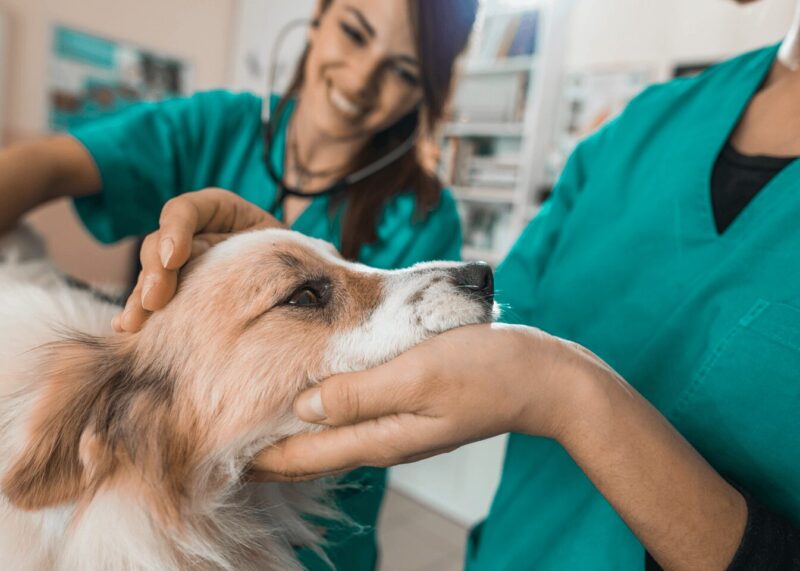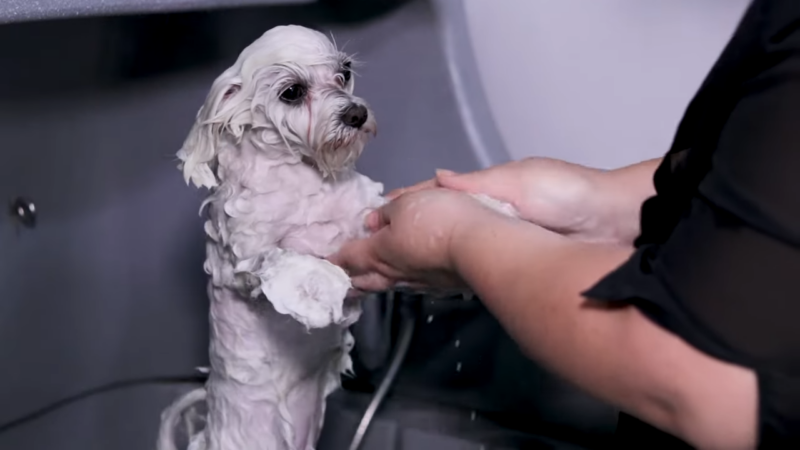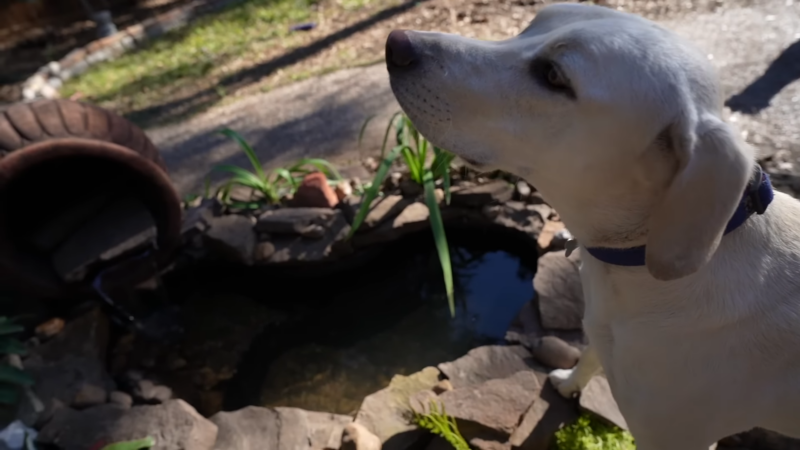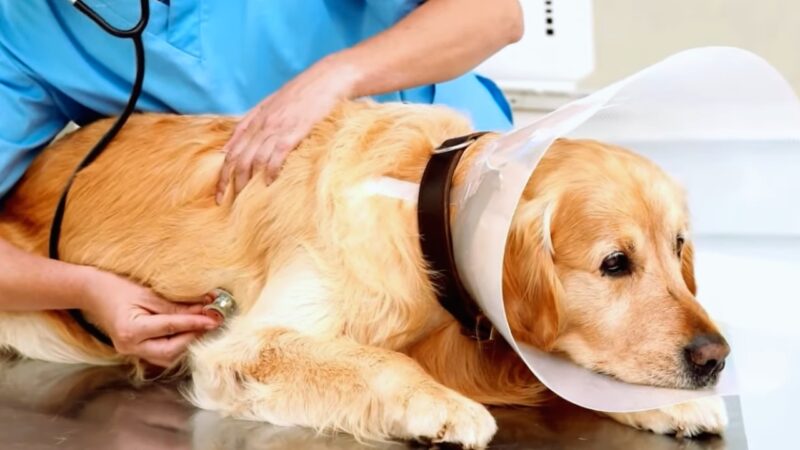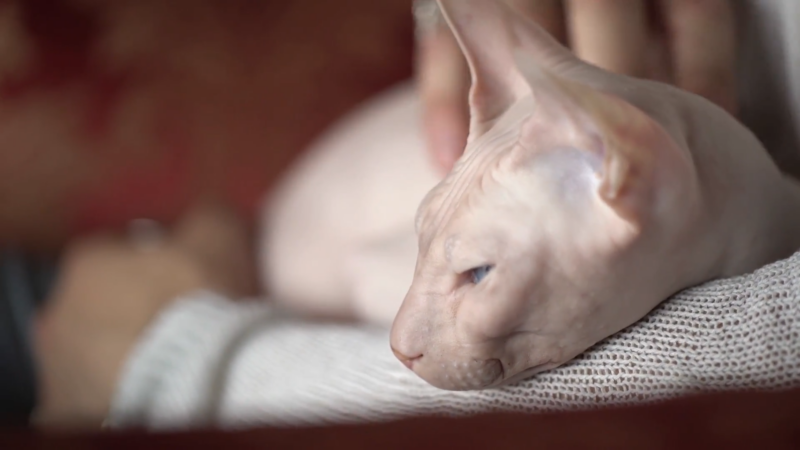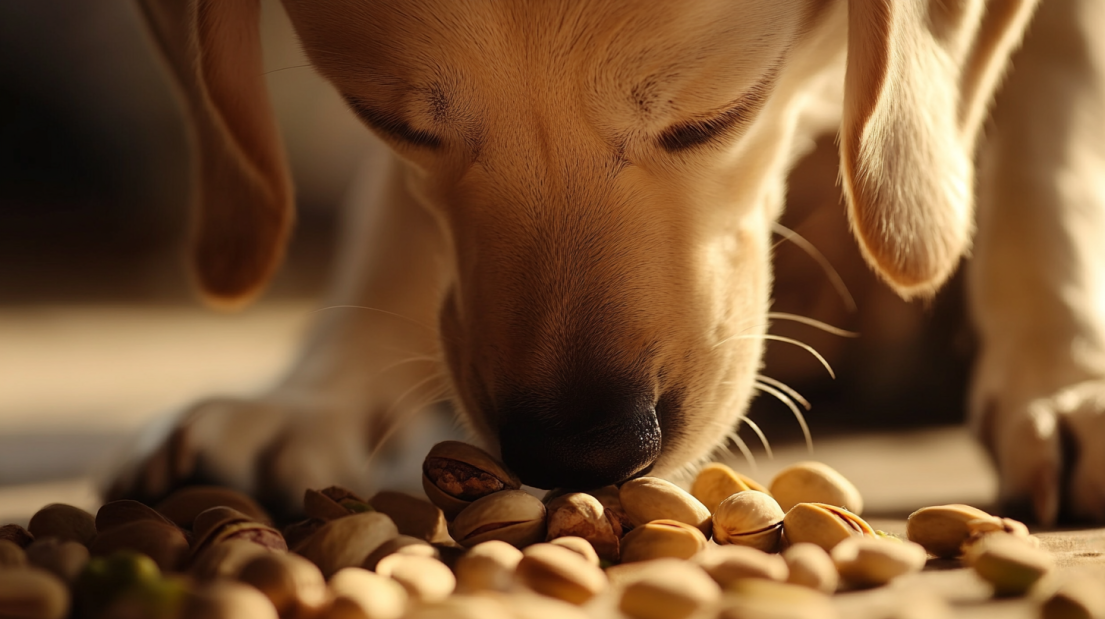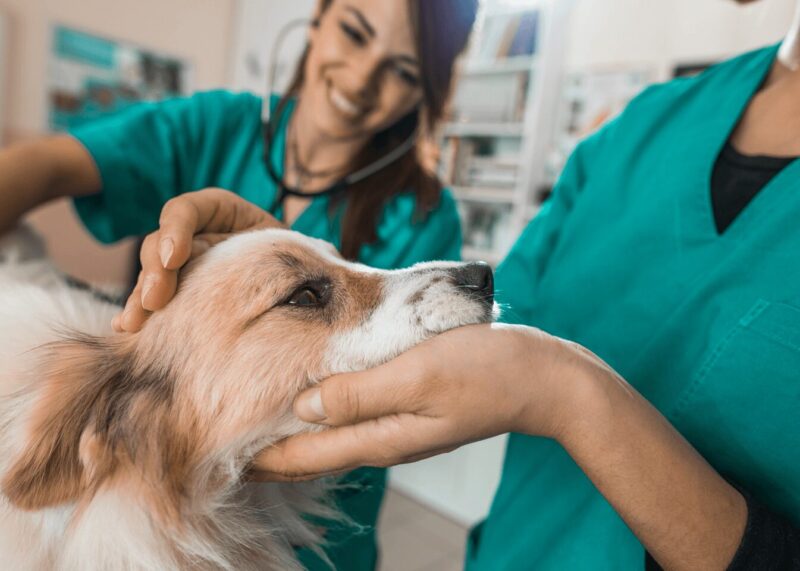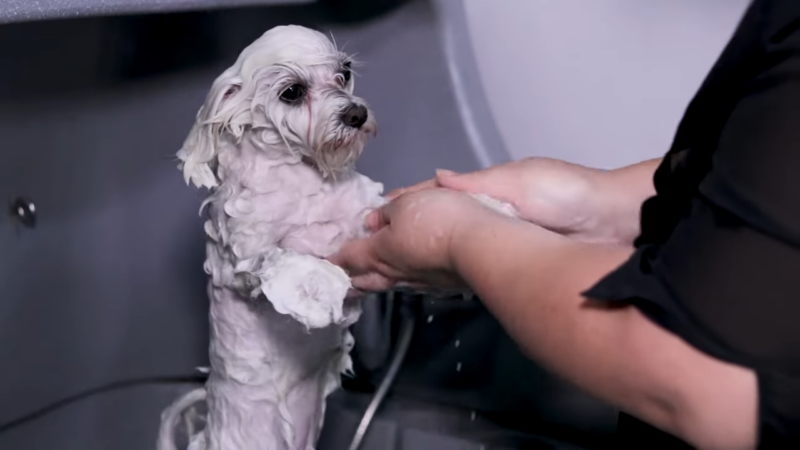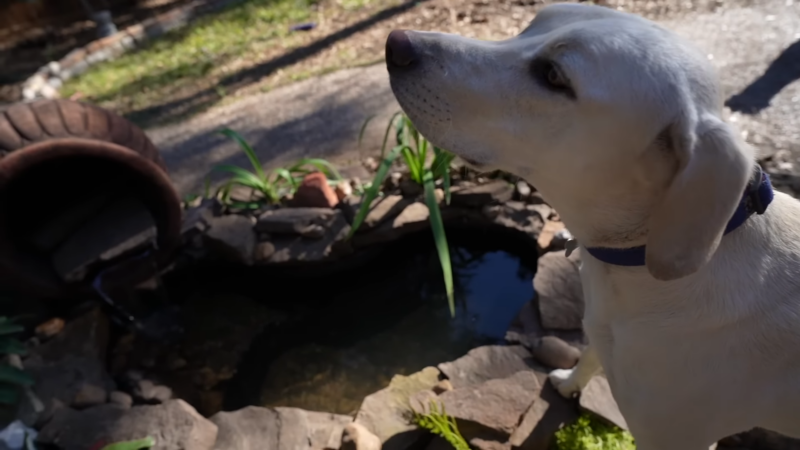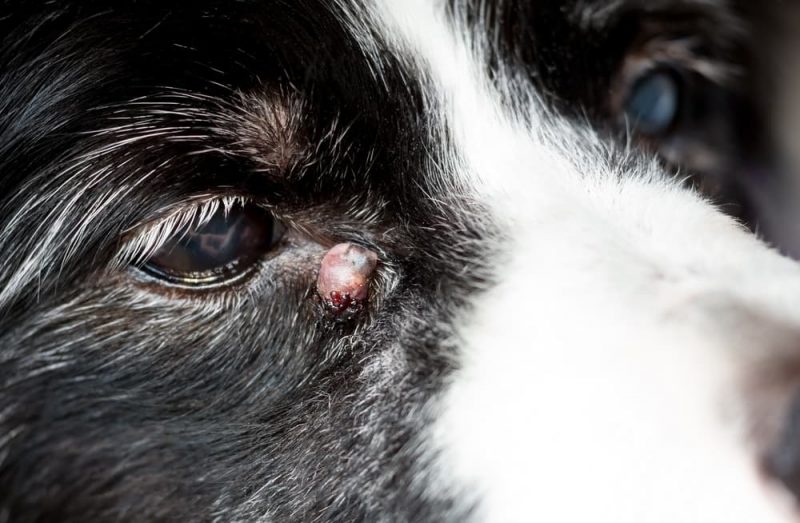
-
Nancy Nixon
- Published:
- Updated: March 12, 2024
- Category: Dog Specific Care, Medication and Treatments, Pet Health and Care
Share Post:
Sebaceous cysts are common skin afflictions in dogs, often appearing as small, non-painful lumps beneath the skin. While these cysts typically aren’t harmful, they can become irritated or infected, leading to discomfort for your furry friend.
As a pet owner, it’s important to understand how to safely treat these cysts and when to seek veterinary care. This comprehensive guide will explore five easy methods to manage and treat sebaceous cysts in dogs, providing relief and preventing potential complications.
5. Regular Observation and Monitoring
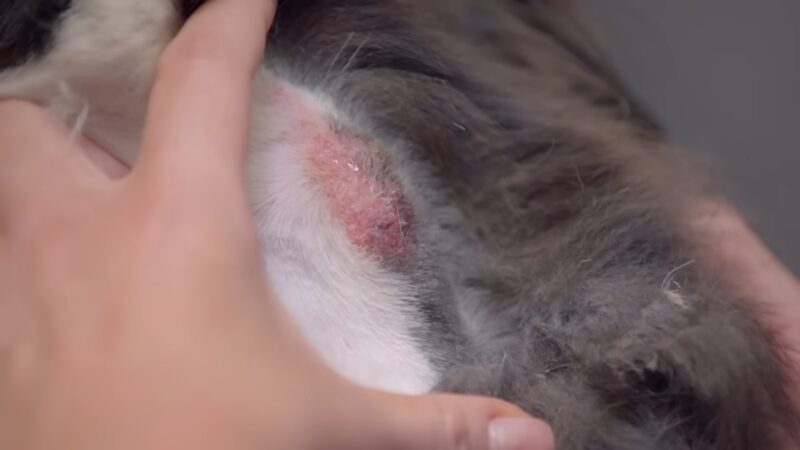
The first and foremost step in treating a sebaceous cyst is regular observation. Monitor the size, shape, and appearance of the cyst, noting any changes over time. A stable cyst that doesn’t change might not require immediate treatment but should be watched for any signs of growth or infection.
If the cyst becomes red, swollen, or starts to drain fluid, it’s time to consult your veterinarian for further guidance. Keeping a record of the cyst’s progression can be incredibly useful during veterinary visits.
4. Gentle Cleaning and Topical Treatments
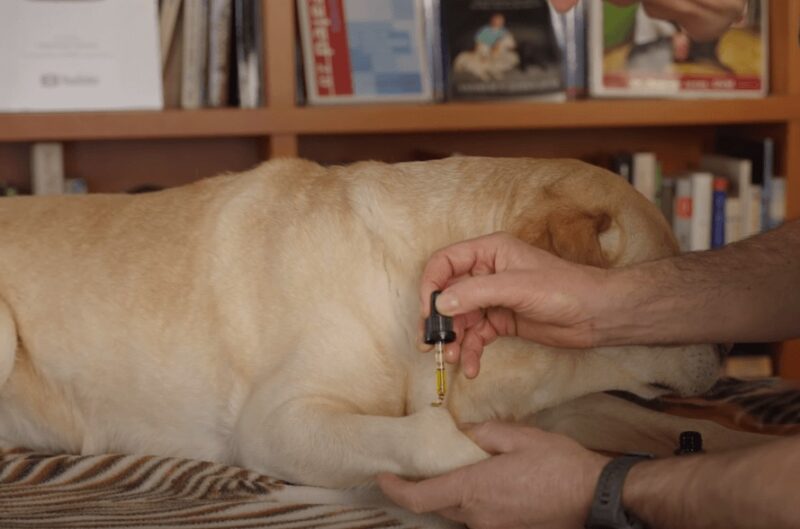
If the cyst ruptures on its own, it’s important to keep the area clean to prevent infection. Gently clean the area with mild soap and warm water, and apply a topical antibiotic ointment as recommended by your veterinarian.
Do not attempt to squeeze or puncture the cyst yourself, as this can lead to infection and scarring. Instead, let it drain naturally and keep the area clean and covered with a sterile bandage if necessary.
3. Warm Compresses for Relief
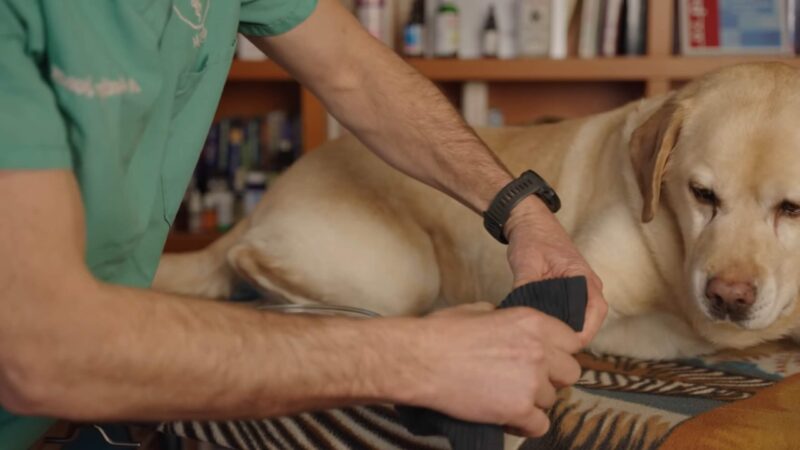
Applying warm compresses to the affected area can provide relief and encourage healing. The warmth helps to increase blood circulation, which can promote healing and reduce swelling.
Soak a clean cloth in warm water, wring out the excess, and gently apply it to the cyst for 5-10 minutes several times a day. Always ensure the temperature is comfortable for your dog and not too hot to avoid burns or discomfort.
2. Dietary Adjustments and Supplements
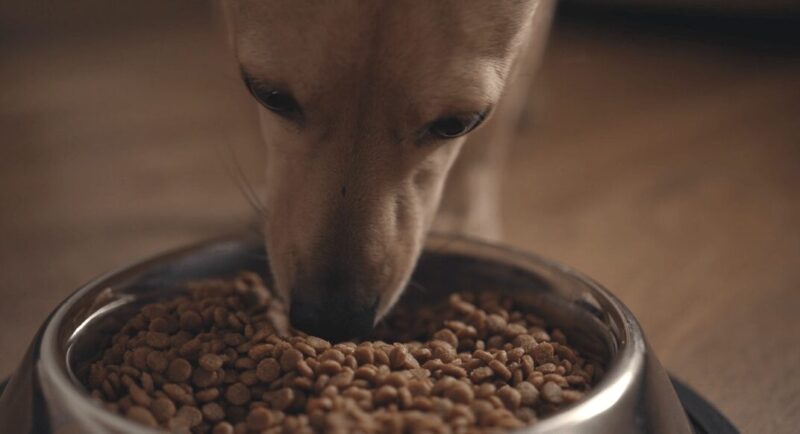
While there’s no direct diet that cures sebaceous cysts, maintaining your dog’s overall health can help manage and prevent cysts. A balanced diet rich in essential nutrients supports skin health and immune function.
Some pet owners find that adding omega-3 fatty acids to their dog’s diet can improve skin condition and reduce the occurrence of sebaceous cysts. Consult with your veterinarian before making any dietary changes or adding supplements to ensure they’re safe and beneficial for your specific dog.
1. Veterinary Interventions
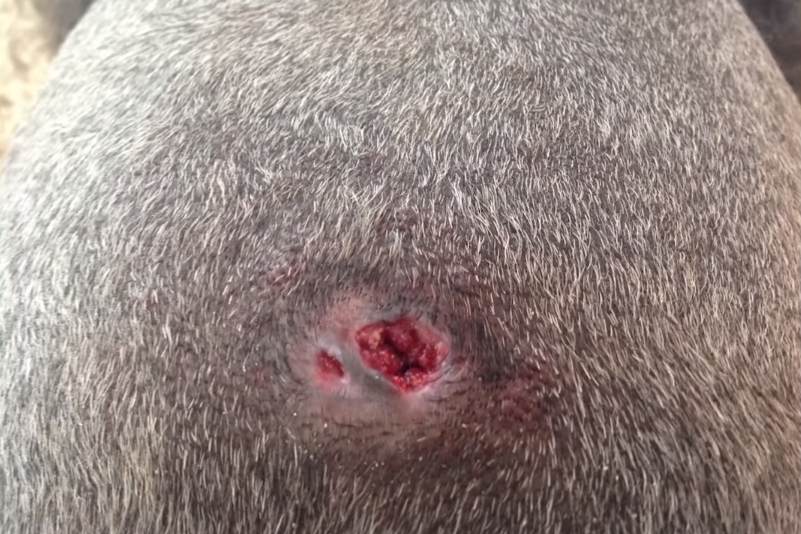
In some cases, sebaceous cysts may require veterinary intervention. This is particularly true if the cyst is large, recurrent, or shows signs of infection. Your veterinarian might suggest surgical removal, especially if the cyst is causing discomfort or is at risk of becoming infected.
In other cases, a vet may perform a fine-needle aspiration to drain the cyst or inject it with a corticosteroid to reduce inflammation. It’s crucial to follow your vet’s recommendations and schedule follow-up appointments to monitor the cyst’s response to treatment.
FAQs
Can sebaceous cysts turn into cancer?
While sebaceous cysts themselves are benign and not cancerous, it’s essential to monitor any changes in the cyst’s size, shape, or behavior. Rarely, what appears to be a sebaceous cyst could be a more serious type of growth. Always have any new or changing lumps checked by a veterinarian to rule out malignancies.
Are certain dog breeds more prone to developing sebaceous cysts?
Yes, some breeds are more predisposed to developing sebaceous cysts due to genetics, skin type, or other hereditary factors. Breeds with oily skin or those prone to skin conditions, such as Cocker Spaniels, Bulldogs, and Schnauzers, might be more susceptible. However, any dog can develop a sebaceous cyst.
How can I prevent my dog from getting sebaceous cysts?
While there’s no guaranteed way to prevent sebaceous cysts entirely, maintaining your dog’s overall health through a balanced diet, regular grooming, and skin care can help. Keeping your dog’s skin clean and free from irritants can reduce the likelihood of blocked sebaceous glands. Additionally, regular vet check-ups can help identify and address any skin issues early on.
Will a sebaceous cyst go away on its own?
Some sebaceous cysts may resolve themselves over time, especially if they are small and not infected. However, others might persist or recur. It’s important to monitor any cysts and consult with a veterinarian if they change in size, appearance, or seem to bother your dog.
Is it necessary to surgically remove all sebaceous cysts?
Not all sebaceous cysts require surgical removal. The decision depends on the cyst’s size, location, whether it’s infected or causing discomfort, and the dog’s overall health. Your veterinarian can help determine the best course of action, which might include monitoring, medical treatment, or in some cases, surgical removal.
Do home remedies work for treating sebaceous cysts in dogs?
While some home remedies, such as warm compresses or gentle cleaning, can provide relief and promote healing for ruptured cysts, it’s important to be cautious. Never attempt invasive procedures at home, and always consult with a veterinarian before trying any new treatment. They can provide guidance on safe and effective options tailored to your dog’s specific needs.
Final Words
Sebaceous cysts in dogs can be a source of concern for pet owners, but they are often manageable with the right care and attention. Regular monitoring, gentle cleaning, warm compresses, dietary adjustments, and veterinary care are all valuable tools in treating these common cysts.
Remember, while many sebaceous cysts are benign, it’s important to consult with a veterinarian to ensure proper diagnosis and treatment. By understanding and implementing these five easy treatment methods, you can help keep your dog comfortable and healthy. Always prioritize your pet’s well-being and seek professional advice when needed to ensure the best care for your furry friend.
Related Posts:
- Luxating Patella Dog Massage - An Expert Guide 2023
- When to Groom Your Goldendoodle Puppy - A Beginner's…
- Super Easy DIY Hamster Toys - Crafting Fun for Your…
- 10 Unique "Treat" Ideas for Dog with Pancreatitis -…
- Can Hamsters Eat Watermelon? A Sweet Combination or…
- Can Dogs Eat Blueberries? A Tasty Treat or a No-No?

